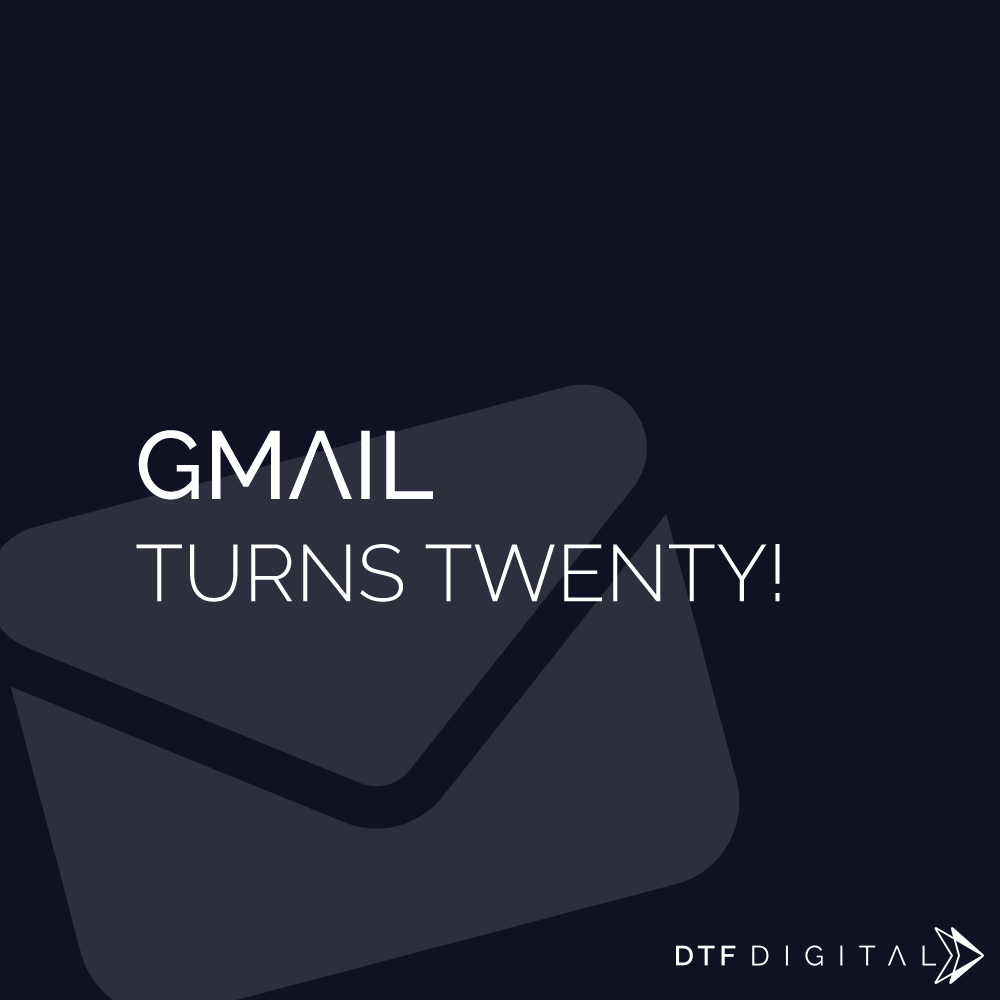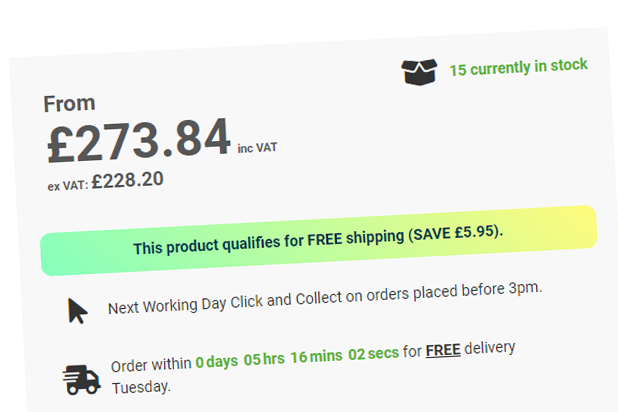
Checkout conversion optimisation is possibly something you’ve never considered before.
The primary goal on all online shops is to convert the website visitor into a paying customer. You’ve launched your brand, people are adding products to their baskets, but they aren’t converting, why?
There are many reasons why e-commerce visitors don’t convert. We’ve included a few of the steps we run through for our customers.
1. Trust
Website visitors need to believe you are a legitimate, bonafide online retailer. If they have doubts, then they are unlikely to complete their purchase, no matter how competitive your pricing is.
Your website should start to build trust from the moment a visitor first lands on it. Including a number of simple pieces of information can help:
- Third party accredited reviews.
- Legal company information and address.
- Contact telephone number and email.
- SSL Certificate.
Some would argue that the trust building exercise starts even before a visitor reaches your website. It’s important that your business name and brand is exposed throughout social media, search engines, maps and appropriate local listings. When we look at conversion statistics we see the conversion funnel extending beyond a single visit to the website, and from a variety of sources.
Once a visitor lands on your checkout, it can help to reinforce some of the above, including trust badges, and reviews to boost the trust factor.
2. Barriers to checkout conversion
One of the more common reasons customers bail out of the checkout process is because of what we’d call a conversion barrier or blockade. These are things that the customer wasn’t expecting to see at this stage, or has taken them by surprise.
Unexpected shipping costs are a great example of this. We work shipping information into the customers visit as soon as possible. This gives them a good idea of what they are likely to pay – if anything – for shipping before they reach the checkout.
It’s important to consider the shipping cost itself. Stats indicate that when free shipping is offered (even if built into the product price) visitors are much more likely to convert.
A few other barriers we typically see, include:
- Unknown or unexpected payment methods.
- No information on delivery lead time.
- Lack of financing options for larger purchases.
3. User Experience (UX) Issues
Errors, an overly complicated process or a poorly designed form can impact your checkout conversion optimisation. Even seemingly insignificant annoyances can prevent checkout success.
UX design would encourage us to break forms down into simple, logical chunks so that users aren’t over phased by the information placed in front of them. A visitor who feels less overwhelmed is more likely to continue through the checkout process.
There are some great features you can add to your checkout to speed up the filling out of those pesky forms. Address lookup for example, either provided by someone like Loqate, or via Google’s equivalent can be a superb boon when implemented correctly.
I might add, that whatever changes you intend to make to your checkout UX, it’s important to test test test, before, during and after. Tools such as HotJar allow you to record customer sessions, giving you a superb look at how people actually use your checkout process – Great for planning changes. A/B tests are insightful, and allow you to setup a variety of experiments exploring your changes, and the impact they have on conversion.
If you find you are struggling to increase checkout conversions, or notice that visitors are abandoning their carts, speak to us about how we can help.






